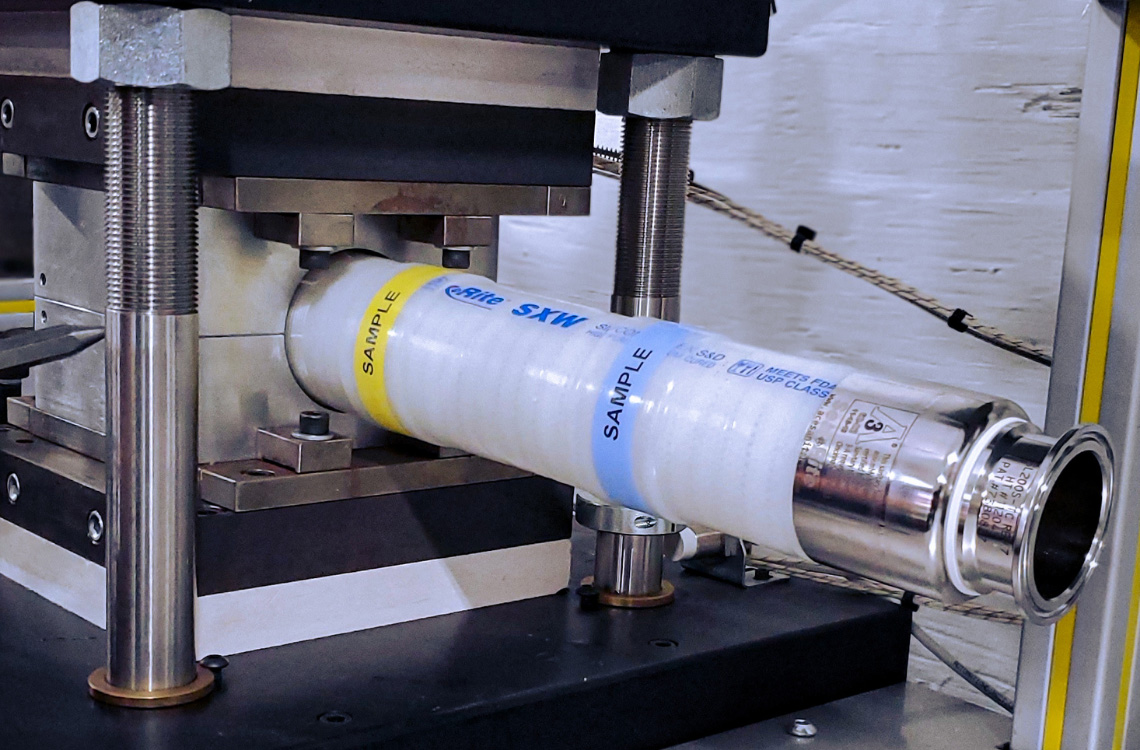
Why You Should Be Tagging or Marking Your Hoses
Tagging and marking hoses in a plant helps ensure plant and worker safety
Article written by FCX Performance, Inc
When selecting a tagging method for a hose, it is important to consider the application environment. Hoses often get moved in a plant from one area to another and if the proper tagging methods are not used, tags can become faded, illegible or simply get lost. There are advantages and disadvantages of each method depending upon the application and the plant environment.
Types of Hose Tagging Methods
Metal Tags
Metal tags are typically engraved or etched and affixed to the hose with a wire. While many plants utilize this method, one disadvantage is that metal tags over time can get untethered from the hose and lost, thus rendering the hose unidentifiable.
Laser-etched Tags
Laser-etched tags are popular and are usually done on the connection collar of the hose. One disadvantage of laser etching is over time, in certain corrosive environments, the laser etch can become faded and illegible. Due to this effect, it is usually recommended to add a secondary method of tagging for redundancy.
Silicon Overlay Tagging
Silicone overlay tagging is done by molding a color-coded tag with hose properties directly onto the hose. This is a very effective method for marking hoses because it is virtually indestructible as it withstands chemical fading and wear due to abrasion caused by dragging the hose from location to location. Color-coded silicone overlay tags are used in many plants to easily identify hoses for different applications such as water, CIP, acid, caustic, solvent or others.
Why should I tag my hoses?
It is imperative that hoses are suitable for the application in terms of temperature, chemical compatibility and pressure. Hose tagging helps ensure that the right hose is used for the right application. One mislabeled or unlabeled hoses can increase your risk of causing accidents or batch contamination if they are not properly identifiable.
talk with an expertAt FCX Performance, we offer all three mentioned hose tagging options, which can be done in any combination while remaining easily customizable depending on your needs and preferences. All hoses come standard with metal connectors that are laser-etched on the collars in order to identify the serial number, the date of manufacture and the type of hose. This allows for traceability as well as easy identification when a hose needs to be replaced. |


